“Is that our product placement?”: A brief history of native advertising
By PulsePoint
In the beginning was the word. But pictures followed closely behind.
Native advertising has a long and varied history, stretching across more than a century of multimedia formats. Wrapped in diverse packaging (classic novels, radio variety shows, music videos and, yes, digital ads), these marketing messages have continued to cross the front lines undetected, disarming consumers at every turn.
Check out some of native’s defining moments below. While the term is relatively new, the tactic is anything but.
1873 – Jules Verne sees green
Product placement was already en vogue in a firmly text-based media landscape. As always, the goal was to influence readers at their most vulnerable: while being entertained.
As Jules Verne wrote his travel epic, “Around the World in Eighty Days,” he was assailed by transport and shipping companies pleading for mentions in the text. The requests didn’t fall on deaf ears (or closed wallets, though sources are unclear over whether Verne was paid), as can be read in these excerpts from the book published in 1873:
We’re guessing they weren’t marked “sponsored.”
1920 – Native is seen, not heard
Silent films are rarely given the credit they deserve for their ingenuity. Using a format devoid of color and sound and with a limited word-count, they were still able to blend a sponsor’s message seamlessly into the narrative (and sometimes non-narrative) content.
That was the case in the Buster Keaton film “Garage,” in which a Red Crown Gasoline logo is prominently, but contextually displayed alongside the slapstick.
1946 – Brand as punchline
Sponsorships were common since the dawn of commercial radio, a reality made apparent by sponsored “soap operas” like Proctor & Gamble’s “Guiding Light.”
But shows like “Burns and Allen’s Maxwell House Time” took a different approach. Rather than just bookending segments with the sponsor’s ads, they pulled the brand into their conversation, often centering bits around it, as in the clip below. Note the self-aware nod to the commercial intent at the end.
1951 – Ogilvy on Native Advertising
The mid-20th century was the magazine’s golden age. Advertisers flocked to those glossy pages, resulting in the cluttered environment digital marketers are all too familiar with. To break through, the content had to look, feel and operate like useful editorial.
David Ogilvy iconically demonstrated the power of relevant content over obtuse product pitching, and his “Guinness Guide to Oysters” stands as an early example of sponsored content done right.
1961 – Straight from the horse’s mouth
Scripted television provided the perfect environment for familiarizing consumers with products without drowning them in lists of benefits and attributes. From 1961 to 1963, the Studebaker Corporation sponsored the popular equine-themed comedy “Mr. Ed.” During that time they made sure to use Studebaker cars in most scenes calling for an automobile.
They also went a step further, including Mr. Ed in network ads hawking the cars:
1982 – Back to the big screen
The era of the Hollywood blockbuster ushered in another boom in film product placement. Nowhere is that more memorably executed than the integral role played by Reese’s Pieces in the plot of “ET.” The candies saw 65 percent higher profits after the film’s debut.
The tie-in was milked by Hershey for years to come, even resurfacing in a 2002 commercial.
1986 – Native crowns the radio star
The intersection of music and advertising can be murky. Do artists include product mentions because those products are important or meaningful to them, or is money changing hands? Take Run-D.M.C.’s 80s hit, “My Adidas”:
Run-D.M.C. – “My Adidas” from Thibaut de Longeville on Vimeo.
The group avows that their motives were pure, but once an exec from the sportswear company witnessed the crowd’s reaction at a live show, the cash started to flow. Run-D.M.C. ended up landing a $1.5 million sponsorship.
This set the stage for a symbiotic relationship between popular music and advertisers, with brands stepping in as the newest patron of the arts. The strategy is stretched to its extreme in OK Go’s 2012 video for Needing/Getting, sponsored (commissioned?) by Chevrolet, which puts the car at the center of a vast, acoustic Rube Goldberg machine engineered to perform the song.
1991 – Are you not info-tained?
Anyone who’s seen “Requiem for a Dream” (or lived through 90s daytime and late-night television) is aware of the cultural resonance of the infomercial. While strongly associated with dismal acting and straw-man arguments, the format did experience its own moments of staggering “genius.”
The Psychic Friends Network blended the talk show, the telethon, and human-interest reportage to create one of the most bizarre, but captivating pieces of long-form TV advertising.
Yes, that’s a thirty-minute video clip.
1996 – Yahoo! puts digital in context
Exposing consumers to a relevant ads while they actively gathered information on an adjacent topic had always been marketers’ wet dream. Keyword-based search marketing took the idea out of REM and brought it into reality based on a client request to Yahoo! for this sort of targeting capability. By the end of the year it was a standard offering from the digital giant, and the rest of the web followed suit.
2006 – The dawn of BuzzFeed
Like the mysterious and sudden appearance of the monolith in 2001: A Space Odyssey, BuzzFeed’s arrival signaled a shift in how digital marketers approached (or at least talked about) marketing, bringing native front and center.
While BuzzFeed didn’t sign its first sponsored content deal until 2010 (with Comedy Central’s “Tosh.0″), the die was cast for digital to carry on the long tradition of advertising that didn’t look or feel (too much) like advertising.
2014 and beyond – Everything old is new again
Almost 200 years after Verne’s “Around the World” at least one novelist is on the record about accepting money for placement: “Find Me I’m Yours” author Hillary Carlip accepted $1.3 million from Sweet’ N Low’s parent for several mentions of the product.
More recently, Land Rover commissioned a spy story from best-selling novelist William Boyd that paid homage to the 4×4. Published as a sponsored, interactive piece on The New York Times, it’s now housed on its own microsite.
And hearkening back to TV’s talking horse, Jerry Seinfeld’s “Comedians in Cars Getting Coffee” is sponsored by automaker Acura, which makes prominent (though casual) appearances from time to time.
“Excuse me, is this a product placement?” Seinfeld asks just before the five-minute mark.
It sure is, Jerry. It sure is.
The post “Is that our product placement?”: A brief history of native advertising appeared first on Digiday.



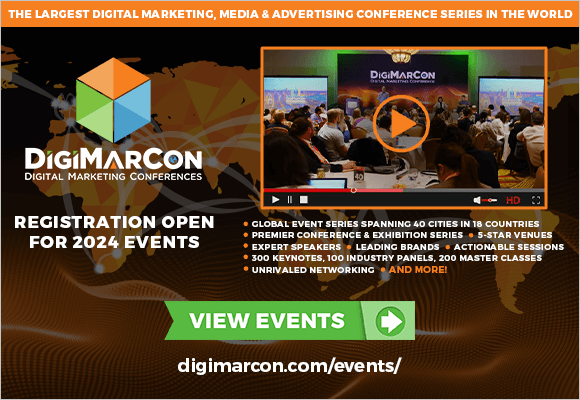



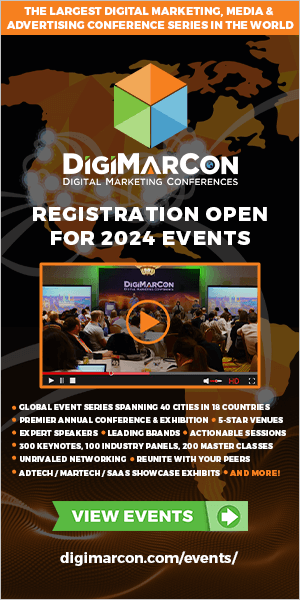

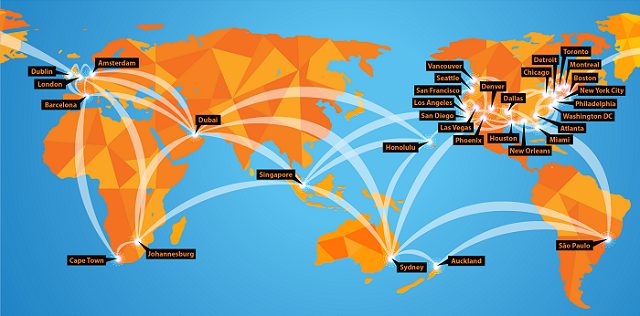

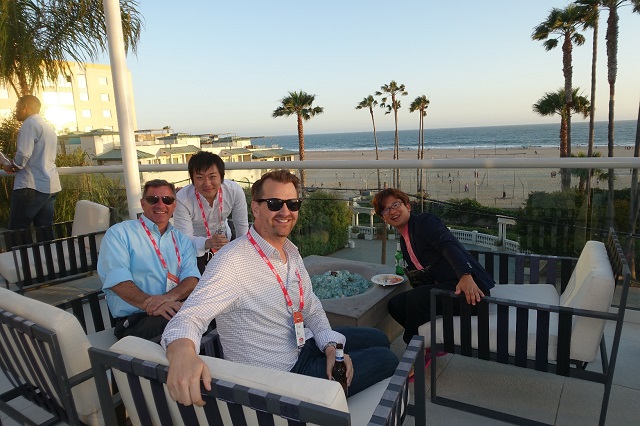



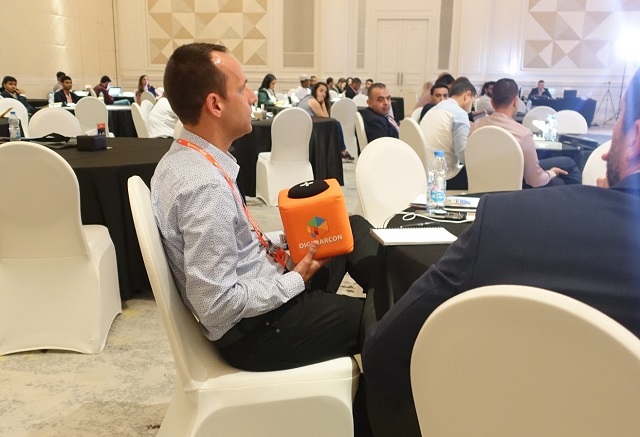
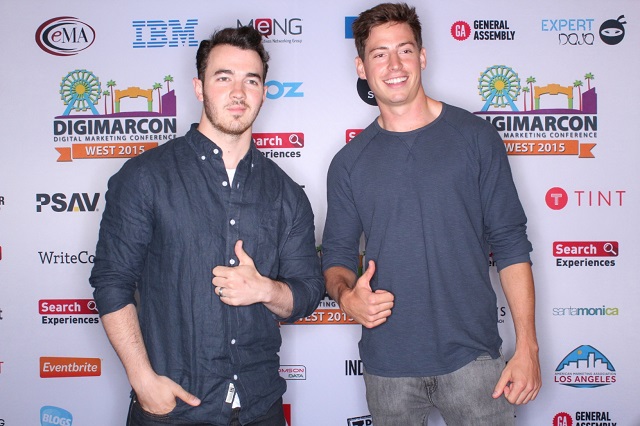
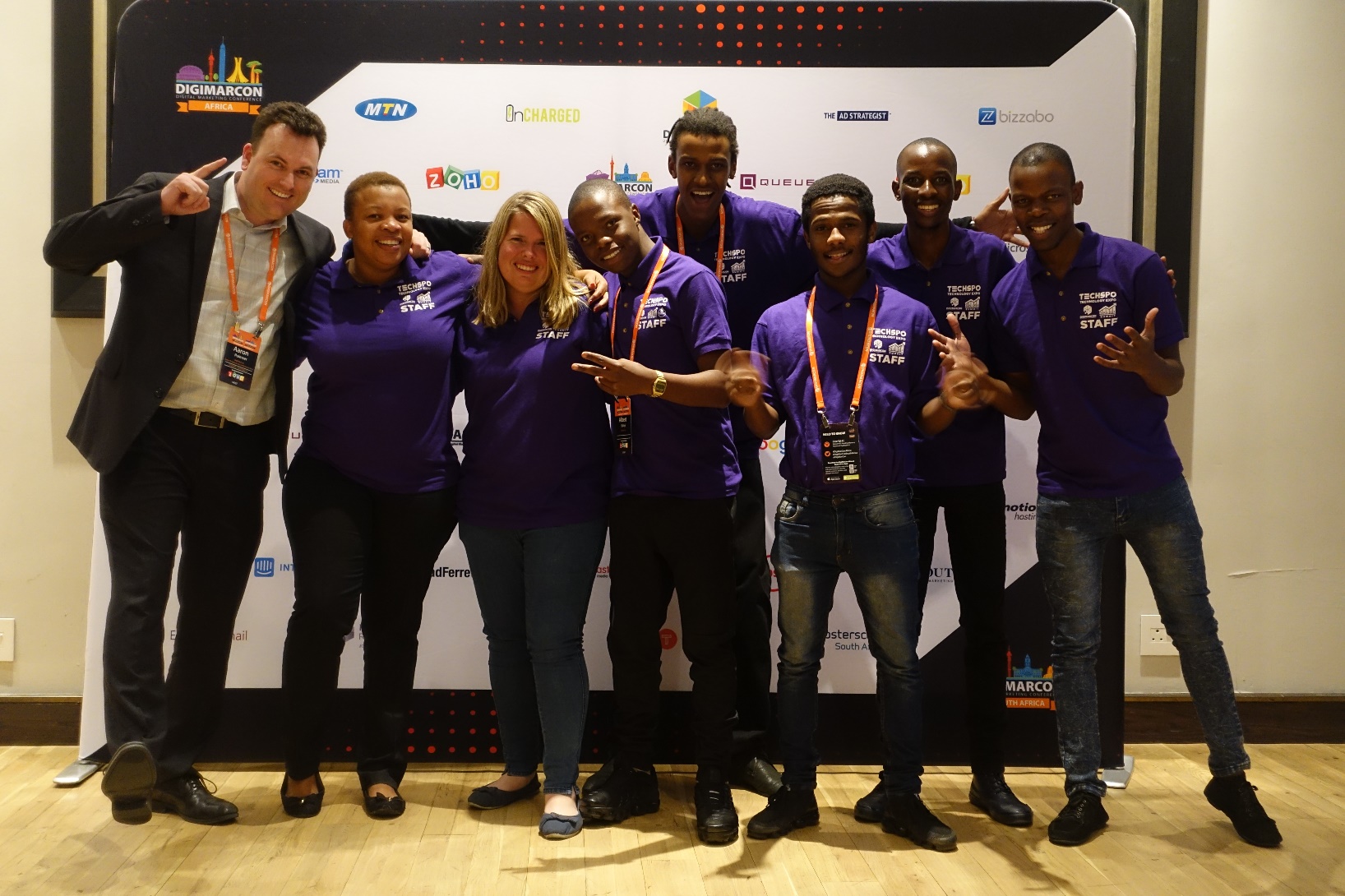
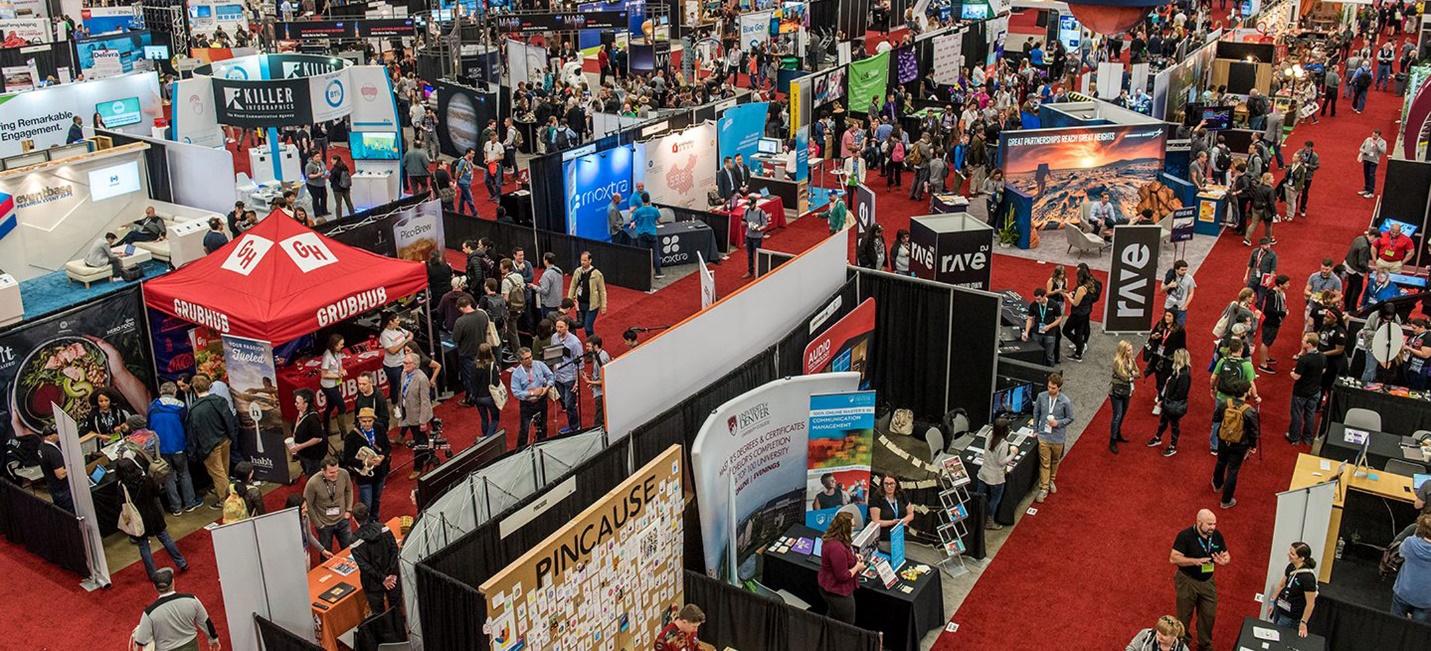
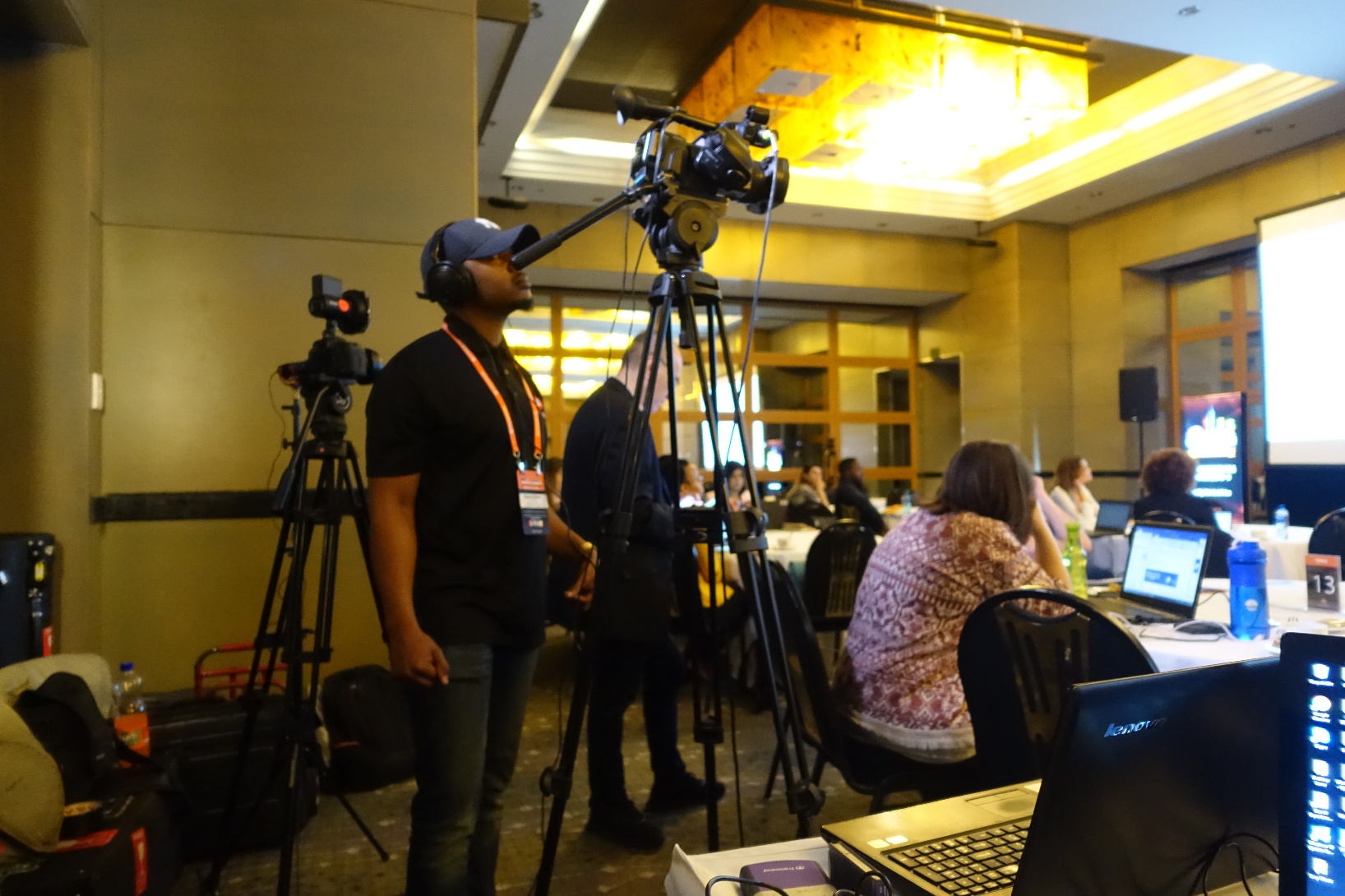









No comments